Moving is not just about relocating objects; it's about transporting memories, hopes, and, sometimes, chaos.
This saying might sound poetic, but it hits home when you stare at your closet and wonder how to pack up your life.
Did you know that the average American household contains over 300,000 items?
A significant portion of this comes from clothing, yet few of us think about the best way to pack it all when moving.
Clothes are personal. They are not just fabric; they are memories, seasons, and investments.
Yet, without proper planning, moving your wardrobe can lead to stress, wrinkles, and even damage.
Have you ever unpacked a box of clothes only to find them in a tangled, wrinkled mess?
It’s frustrating, right?
That’s where a good strategy comes in.
Whether you are tackling hanging garments or bulking up winter coats with vacuum-sealed bags, knowing how to pack clothes for moving can save you time, money, and a lot of headaches.
Let’s discuss efficient methods to pack clothes when moving, practical tips for packing hanging clothes, and even strategies for organizing numerous types of clothes.
Declutter Your Wardrobe
Before you consider packing, take a long look at your clothing.
According to Southern Living, it is essential to declutter, and it will save you big on packing supplies and reduce the challenge of packing an entire home.
Here's how you can handle this
Check Each Item: Determine what you want to retain, give, or throw away. If you haven't worn them in more than a year, it may be time to part with them.
Organize by Season: Remove seasonal clothing first. For instance, If it's the summer season, you could start with your winter wardrobe.
Gather Packing Supplies
The perfect materials can make a world of difference. Here's what you'll need:
Sturdy Boxes: Use small or medium boxes to avoid overpacking. U-Haul recommends using small boxes for clothing so they are easier to carry.
Wardrobe Boxes: They have a built-in rod for transferring hanging clothes directly from your closet.
Vacuum Bags: Vacuum Bags are excellent for vacuum-sealing jackets, sweaters, and any place where you need a little extra room to help guard against moisture.
Suitcases and Duffel Bags: You can use your luggage to pack folded clothes.
Garbage Bags: A budget-friendly way to transfer hanging clothes. Just bunch clothes together, pull a trash bag over them and knot at the top.
How to Pack Hanging Clothes
If you hang your clothes on hangers, you can save time and energy while also preventing wrinkling.
Here are some methods:
Wardrobe Boxes: Hang clothes right onto the hanging rod in the box. This is the ideal method to pack hanging clothing with minimal risk of raveling.
Garbage Bags: Collect multiple hangers, puncture the bottom of a garbage bag, and pull it over your clothes so that the hangers stick out at the top. Close the bottom to keep things safe.
Bedsheets: Spread a bedsheet over a clean, flat area, stack a pile of hanging garments on it and tie the ends over the hooks of hangers.
How to Pack Folded Clothes
If you’re dealing with clothes that are typically folded, use the following techniques:
Leave Them in Dresser Drawers: If the furniture isn’t too heavy, you can leave folded clothes in drawers and wrap them with plastic to avoid spillage.
Use Suitcases and Duffel Bags: Roll your clothes to make extra room, maximize the space capacity, and avoid wrinkles. This is an effective use of space and keeps your stuff organized.
Vacuum-seal bags are great for large items. They squeeze clothes into a compact space and guard against moisture.
Special Care for Delicate Items
Delicate clothing requires extra attention:
Wrap in Tissue Paper: Place tissue paper between folds to prevent creases.
Use Garment Bags: Protect delicate fabrics by placing them in garment bags before packing.
Label Boxes as 'Fragile': Make sure these boxes are handled with care during the move.
Packing Shoes and Accessories
Don't forget about your footwear and accessories:
Stuff Shoes: Fill them with socks or small items to help them maintain shape and save space.
Use Original Boxes: If possible, pack shoes in their original boxes and then place them in a larger box.
Organize Accessories: Place jewelry and small accessories in sealable bags or pouches to keep them organized.
Label Everything
Clearly label each box with its contents and the room to which it belongs. This will make unpacking more manageable and ensure that essential items are easily accessible.
Plan for the First Week
Pack a separate suitcase with essentials you'll need immediately upon arrival:
Clothing: Include outfits for a few days, sleepwear, and undergarments.
Toiletries: Pack necessary personal care items.
Important Documents: Keep vital paperwork and valuables with you.
Additional Tips
Avoid Overpacking Boxes: Heavier items like jeans and jackets should be packed at the bottom, with lighter items on top.
Protect Against Moisture: Ensure all clothes are clean and dry before packing to prevent mold and mildew.
Use Packing Paper: Line boxes with packing paper to protect against dirt and damage.
What Materials Do You Need to Pack Clothes, and How Much Do They Cost?
When preparing for a move, having the right materials is essential to make sure your clothes are protected and organized.
Let's check the necessary packing supplies and their associated costs so you can plan accordingly.
Cardboard Boxes
You'll need various sizes of boxes to accommodate different clothing items:
Small Boxes (16” x 12” x 12”): Ideal for heavier items like books and shoes. These typically cost around $1.00 each.
Medium Boxes (18” x 16” x 18”): Suitable for folded clothes and linens. They are priced at approximately $1.50 each.
Large Boxes (24” x 18” x 24”): Best for lightweight, bulky items like pillows and blankets. These are about $1.70 each.
Specialty Boxes
For specific clothing needs, you require:
Wardrobe Boxes: These tall boxes come with a hanging bar, allowing you to transport clothes without folding. They usually measure around 24” x 24” x 40” and cost between $10 and $20 each.
Packing Tape
It is compulsory to secure your boxes.
Standard Packing Tape: A roll typically costs around $2 to $4.
Heavy-Duty or Specialty Tape: Priced between $5 and $8 per roll.
Tape Dispenser: For easier application, dispensers are available for about $10.
Protective Materials
To safeguard your clothing, you need:
Bubble Wrap: A single roll costs approximately $15 to $30, depending on the length and width.
Packing Paper: A bundle containing about 200 sheets ranges from $10 to $20.
Additional Supplies
Other materials to consider:
Vacuum-Seal Bags: Great for compressing bulky items, with prices varying based on size and brand.
Garbage Bags: A budget-friendly option for transporting hanging clothes.
Suitcases and Duffel Bags: Utilize your existing luggage to save on costs.
Estimated Costs for a One-Bedroom Apartment
Here's a breakdown of the estimated costs for packing materials for a one-bedroom apartment:
| Item | Quantity | Cost per Unit | Total Cost |
|---|---|---|---|
| Small Boxes | 10 | $1.00 | $10.00 |
| Medium Boxes | 5 | $1.50 | $7.50 |
| Large Boxes | 2 | $1.70 | $3.40 |
| Wardrobe Boxes | 2 | $15.00 | $30.00 |
| Packing Tape Rolls | 3 | $3.00 | $9.00 |
| Bubble Wrap (40 ft roll) | 1 | $20.00 | $20.00 |
| Packing Paper (5 lbs) | 1 | $15.00 | $15.00 |
| Tape Dispenser | 1 | $10.00 | $10.00 |
| Vacuum-Seal Bags | 5 | $2.00 | $10.00 |
| Garbage Bags | 1 pack | $5.00 | $5.00 |
| Total Estimated Cost | $120.90 |
Note: Prices are approximate and can vary based on location and retailer.
Cost-Saving Tips
Source Free Boxes: Check local stores or online marketplaces for free boxes.
Use Existing Materials: Pack clothes in suitcases, duffel bags, or even dresser drawers to minimize the need for additional boxes.
DIY Protective Materials: Use towels, linens, or clothing to wrap fragile items, reducing the need for bubble wrap or packing paper.









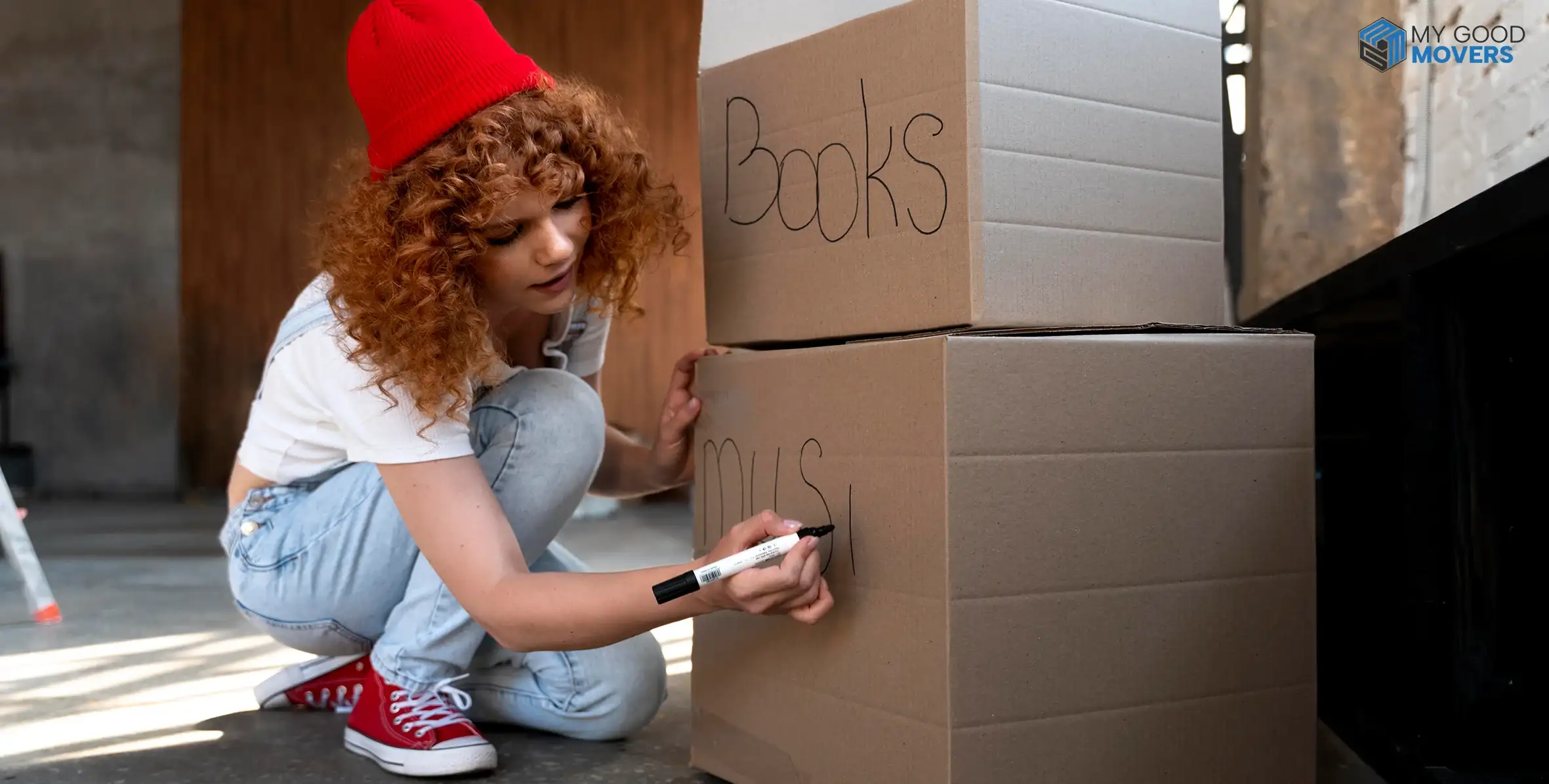
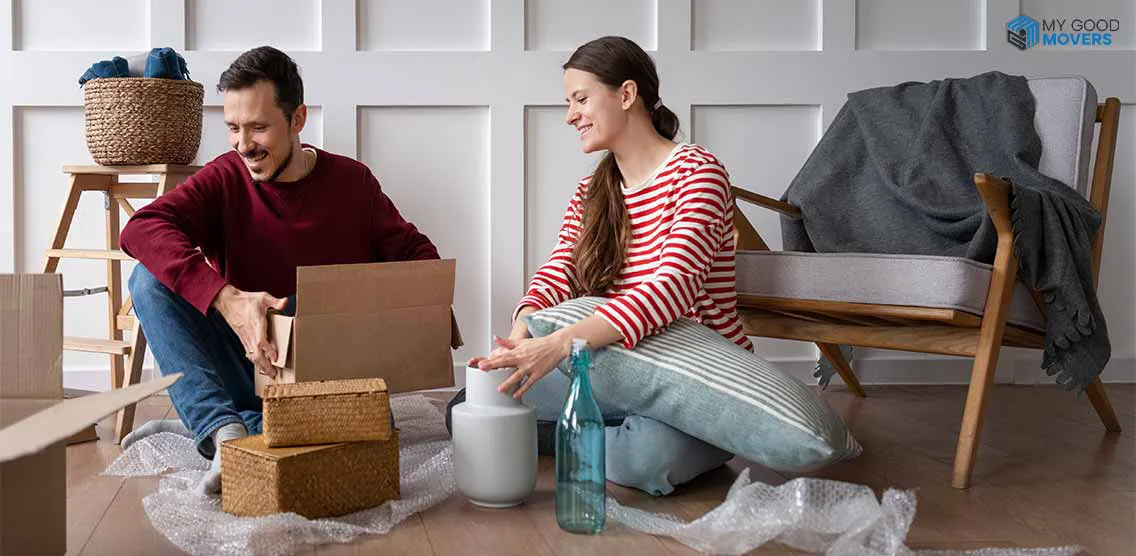

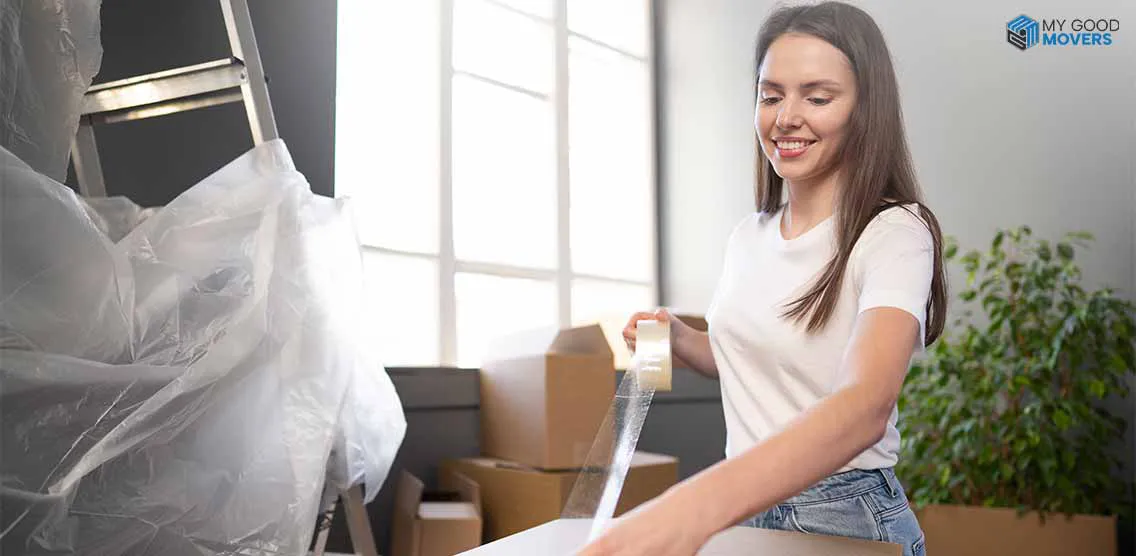

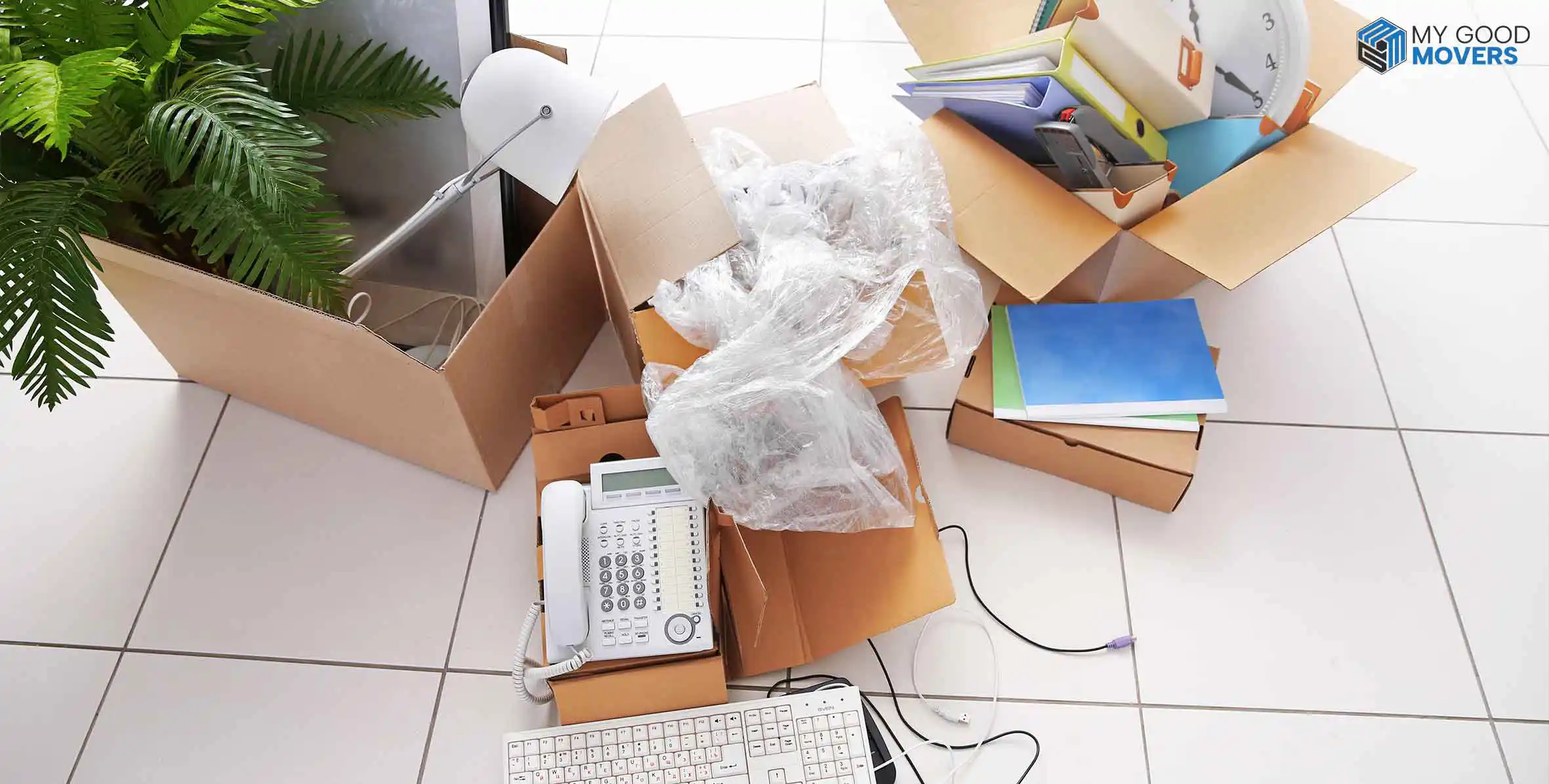










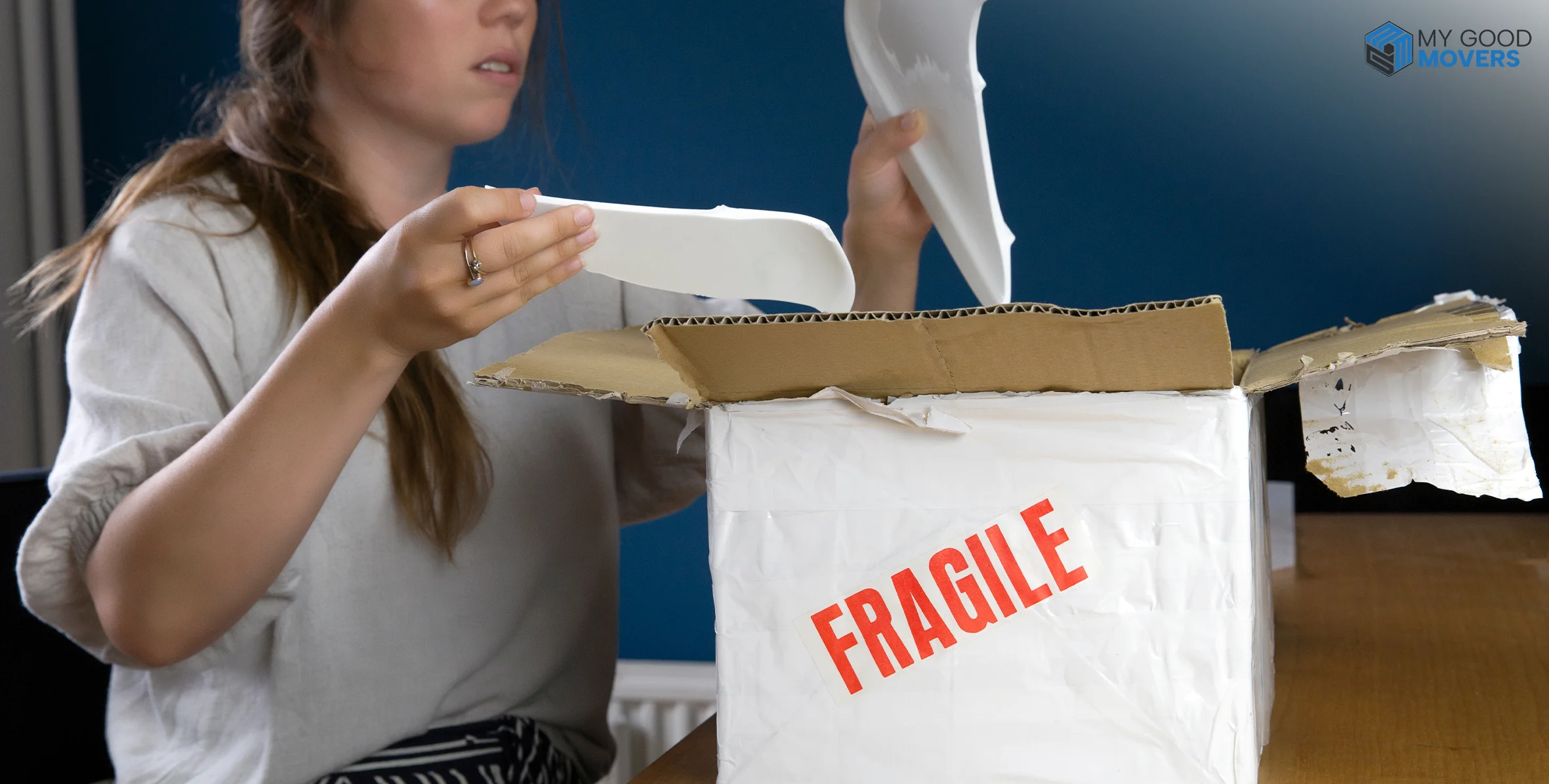




 (239) 799–6077
(239) 799–6077